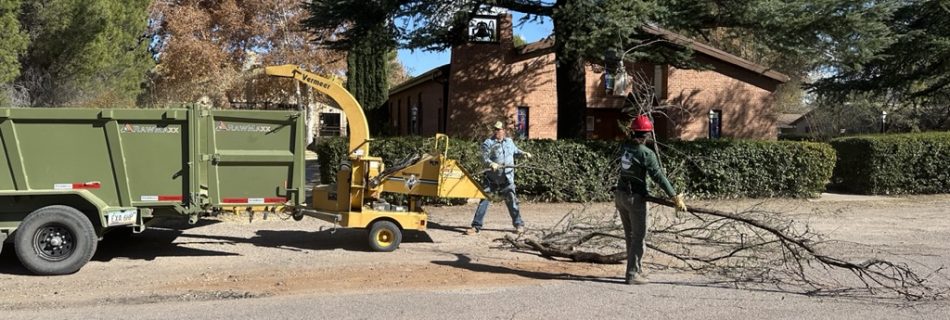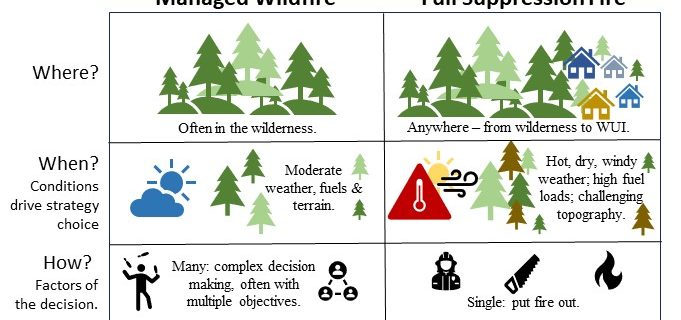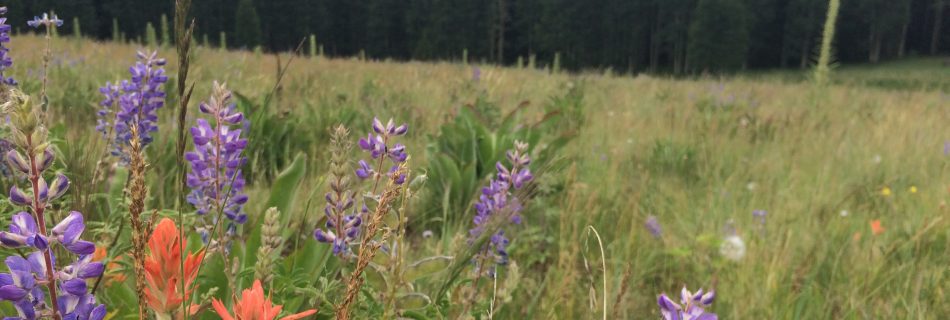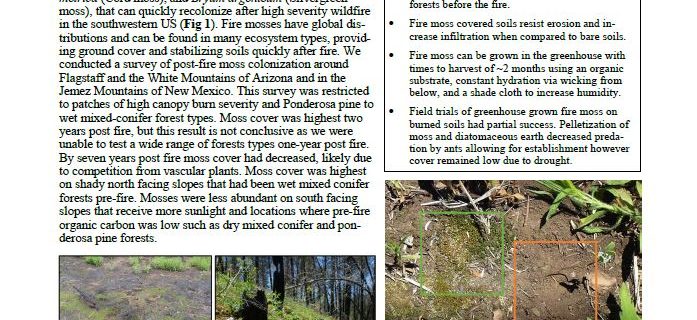How to Organize A Community Chipper Day
KEEPING COMMUNITIES RESILIENT TO WILDFIRE WITH NEIGHBORS HELPING NEIGHBORS. A chipper day typically involves residents removing vegetation around their home and having the removed material chipped to reduce the risk of wildfire to their home and community. Coordinating vegetation removal between residents and local groups or organizations helps to maximize the impact of this work …









